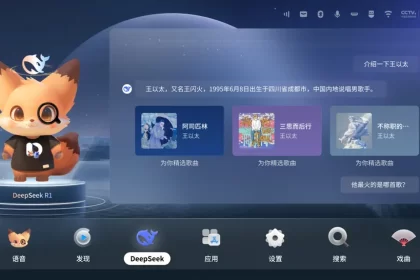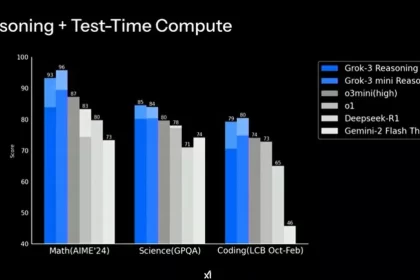Not long ago, Google officially entered the field of this technology with the release of its artificial intelligence service called Bard and started its competition with ChatGPT. But as it seems, Google does not intend to limit Bard to just a text-generating chatbot and has a long-term vision of integrating it with other services. Now it’s the turn of Google’s email platform, or Gmail, to define new standards in the field of digital communication by being equipped with Bard artificial intelligence.
Bard’s artificial intelligence is distinguished from other competitors by two key features; The first is the ability to respond to user requests in real time. Google Bard, unlike other smart chatbots that initially process the entire text and then publish it, generates responses line by line, thereby reducing the response delay rate to zero. The second outstanding feature of Bard that can transform the experience of using the Gmail service is the ability to summarize emails.
Reading all received emails on a daily basis is time-consuming and laborious; Especially if the number of your emails reaches dozens due to work and extensive communication. This is where Google Bard comes to the aid of users and by providing a few-word summary of each email, it saves them from reading hundreds of words of emails. To use this Bard feature, just use the Bard service with your Gmail account and receive a summary of the content of your emails with a command like “I want you to summarize my last 10 emails”.
Google’s goal of integrating Bard with Gmail is to create a broad and integrated ecosystem of services so that data from different platforms of this ecosystem can interact with each other through artificial intelligence. For example, the integrated functionality of Google Sheets, Gmail, and Bard allows the user to transfer the desired information from email to a text file with just one written command.
The next destination of Bard’s artificial intelligence is the Google Assistant, and by combining these two services, Google intends to provide more relevant and personalized suggestions to the audience, in addition to improving the ability to control smart devices through voice and text commands. The integration of Google Bard with other services such as Google Assistant and Gmail shows the importance of artificial intelligence at Google and the growing acceptance of this technology. Considering these cases, it should be expected that in the near future, other Google services will start interacting with Bard so that the audience can access all their information through artificial intelligence instead of using several different platforms and apps.
What do you think about this? Can the integration of Bard and Gmail transform the experience of using electronic mail? Share your thoughts with us.

RCO NEWS















